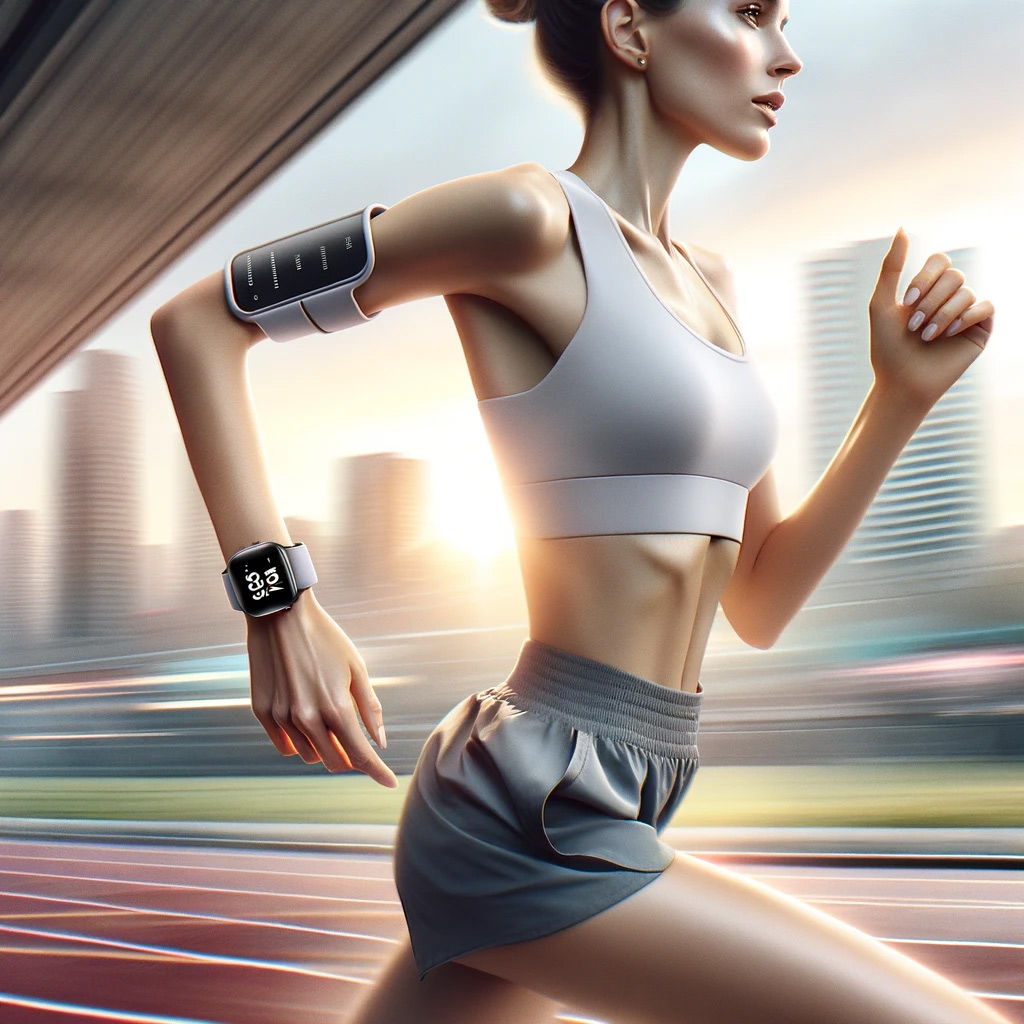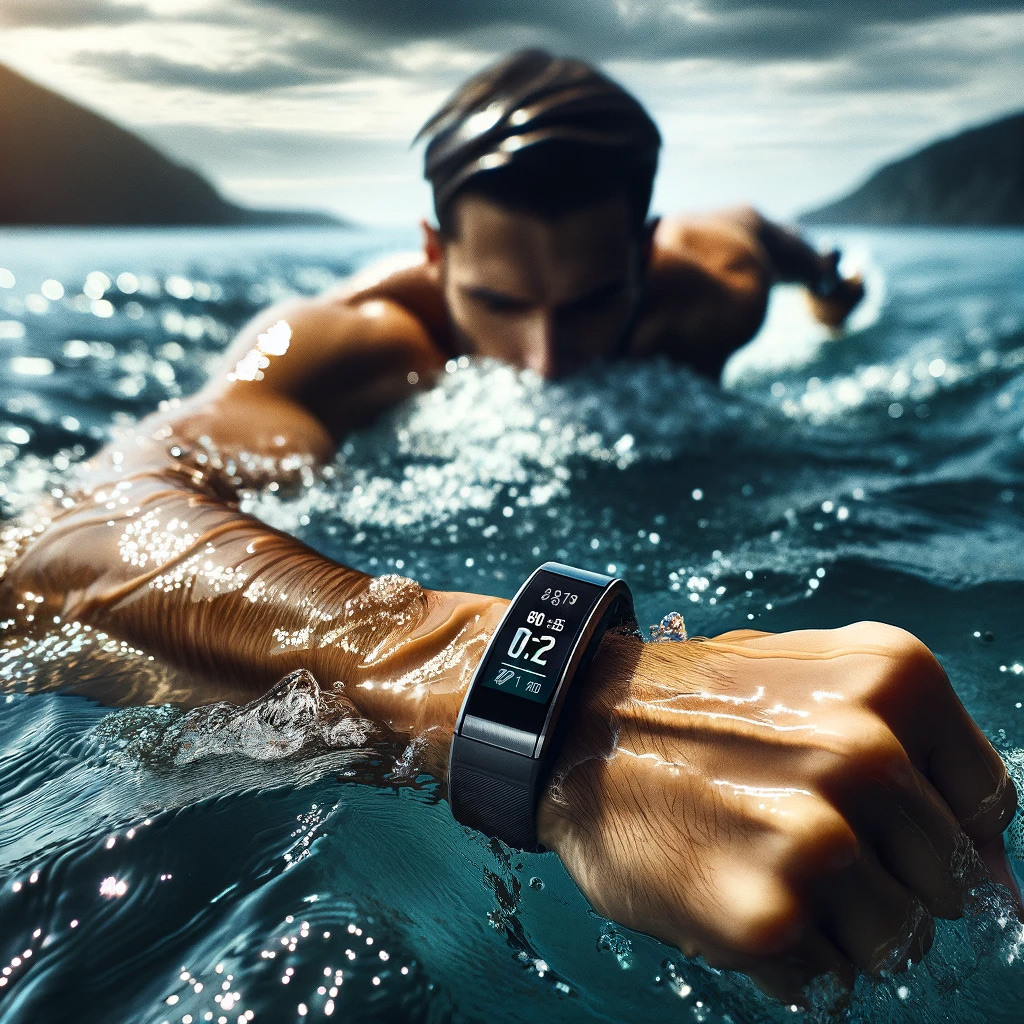The Integration of Springs in Wearable Technology: Balancing Functionality and Comfort
The Integration of Springs in Wearable Technology: Balancing Functionality and Comfort
Introduction
In the fast-paced world of wearable technology, the role of springs goes beyond traditional applications, serving as a cornerstone for enhancing device durability, comfort, and functionality. This burgeoning field demands that engineers and designers not only keep pace with technological advancements but also navigate the intricacies of integrating small mechanical components into wearable devices. This article aims to shed light on the significant spring design challenges faced in this endeavor, present innovative spring solutions that have emerged, and explore the implications of these developments for the future of wearable tech. It serves as an in-depth exploration tailored for makers, manufacturers, inventors, innovators, and industry enthusiasts who are keen to understand the nuances of spring integration in wearable devices.


Design Challenges
The integration of springs into wearable technology presents a unique set of design challenges, paramount among them being the constraints related to size and weight. Wearable devices must be compact and lightweight, necessitating the use of springs that are small yet powerful enough to perform their intended function without adding unnecessary bulk. Additionally, user comfort is a critical consideration; the device must not cause discomfort to the wearer during prolonged use, which requires springs that provide the necessary functionality while maintaining a low profile. Durability is another key factor, as wearables are often exposed to sweat, heat, and continuous movement. This necessitates the use of springs that can withstand such conditions without degrading. Finally, the aesthetic integration of springs into wearable designs poses a challenge, as the mechanical components must either complement the device's design or be concealed effectively without compromising their functionality.


Innovative Solutions
Addressing the aforementioned challenges has led to several innovative solutions in the realm of wearable technology. Micro Springs have become increasingly popular for their ability to offer high performance in a compact size, making them ideal for devices like smartwatches and fitness trackers where space is at a premium. The advent of 3D printing technology has further revolutionized spring design, allowing for the creation of custom springs with complex geometries that perfectly fit the device's form factor. These solutions not only address the core challenges of integrating conical springs into wearables but also push the boundaries of what is possible, enabling the creation of more sophisticated, durable, and user-friendly devices.


Overcoming Design Challenges
To overcome the design challenges associated with integrating springs into wearable technology, the industry has turned to several key strategies. Material innovation has played a significant role, with advancements in materials science leading to the development of lighter, more resilient springs capable of withstanding environmental stressors. This addresses both the durability and comfort concerns associated with wearable devices. Precision engineering, facilitated by CAD (Computer-Aided Design), like our own Spring Creator 5.0, and CAM (Computer-Aided Manufacturing) technologies, allows for the meticulous design of springs with exact specifications. This ensures that the springs not only fit within the tight constraints of wearable devices but also perform their functions with the required precision. Finally, adopting a user-centric design philosophy has been crucial. By incorporating user feedback into the spring design process, manufacturers ensure that the final products meet the real-world needs of wearers, effectively balancing functionality, comfort, and aesthetics.


Conclusion
The integration of torsion springs into wearable technology epitomizes the intersection of mechanical engineering and design innovation. Through the challenges it presents and the solutions it inspires, this field demonstrates the ongoing evolution of wearable devices. As technology advances, the role of springs in enhancing the functionality, comfort, and durability of wearables is set to grow, offering exciting prospects for future developments. This exploration underscores the importance of continuous innovation and user-centric design in overcoming the inherent challenges of wearable tech, paving the way for the next generation of devices that seamlessly integrate into the fabric of daily life.
The journey of integrating springs into wearable technology is a testament to the ingenuity and resilience of designers and engineers in the face of evolving technological landscapes. As the industry moves forward, the lessons learned and the innovations sparked by these challenges will undoubtedly influence the future direction of wearable tech, making it an exciting field for industry professionals and enthusiasts alike.





